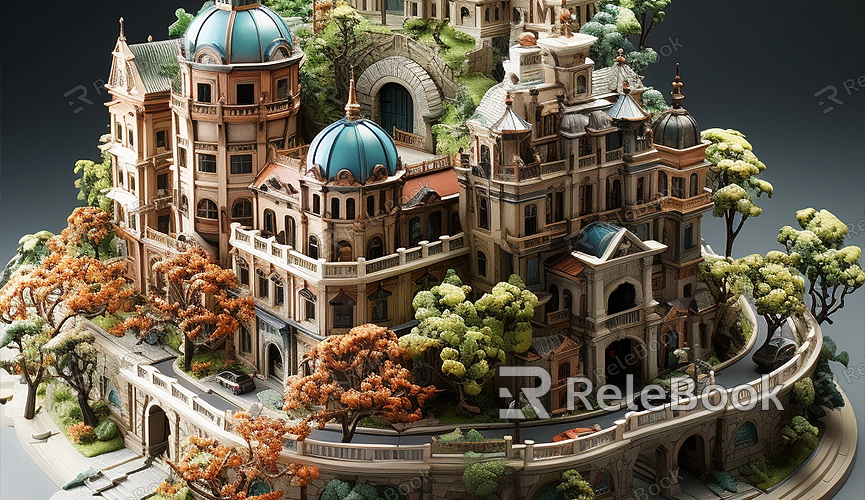What Can 3D Model Textures Achieve?
3D model textures are an indispensable element in the realm of 3D modeling and rendering. Leveraging the powerful features of 3D design software to map textures onto models can endow them with rich appearances and details. This results in renderings that are more realistic and natural, saving a significant amount of time. No longer is there a need to painstakingly create numerous polygons or model lines to capture model details; now, achieving a variety of realistic appearances is simplified through the application of 3D texture mapping.

1. Simulating Real Materials
The primary purpose of 3D model textures is to simulate various real-world materials such as wood, metal, or stone. Skillful texture mapping allows the model's surface to exhibit textures and appearances similar to actual objects.
2. Adding More Detail to Models
Texture mapping enables the addition of more details to the model's surface, including cracks, color variations, patterns, and more. These details enhance the realism of the model, making it easier for viewers to perceive changes and features on the object's surface.
3. Controlling Lighting and Reflection
Different types of 3D model textures are employed to control lighting effects and reflection properties. Diffuse textures control the object's basic color, while specular textures impact the specular reflection on the object's surface, creating a more realistic lighting appearance.
4. Increasing Visual Appeal
Textures are crucial tools for creating visual appeal. Designers can use texture colors, shapes, and patterns to make models more attractive, adapting them to different scenes and project requirements.
5. Personalized Design
By using specific textures, designers can give models a personalized appearance. This includes adding iconic patterns, brand logos, or unique decorative elements, making the model stand out in the overall design.
6. Creating Special Effects
Cleverly applied textures can achieve special effects like self-illumination or glowing textures. This allows designers to create eye-catching model effects in specific scenes.
7. Improving Model Performance
Texture mapping can be used to alleviate the geometric complexity of 3D models, enhancing rendering performance. By using textures on the surface, designers can simulate more details without significantly increasing the number of polygons.

